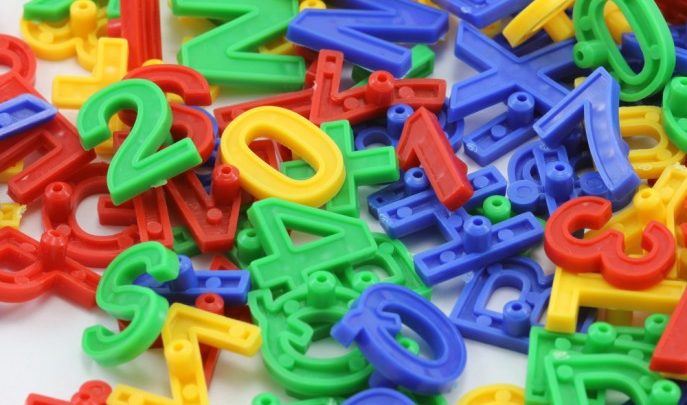Progress 8 And Attainment 8 GCSE Grades– A Simple Three-Step Approach To How They Work

Straight-A students will now be, what, straight-7 students? Who knows? Well, now you do, kind of

By now you’ve probably at least heard of Progress 8 and Attainment 8, but what actually are they, and what do they mean for schools?
Well, Progress 8 and Attainment 8 combine to form part of a new secondary school accountability system, which was introduced last year.
This is based on four key measures, the other two being the EBacc and the percentage of pupils achieving a C/4 grade or better in English and maths.
Here, I will explain what the first two measures, Progress and Attainment 8, involve.
Step One: Basic Point Score
The process begins by giving each pupil a basic point score according to their final GCSE grades.
The position is complicated slightly by the changing GCSE grading system, but here goes.
Below is a list of the points pupils will receive for their GCSE grade:
GCSE Grades A*-G and the Basic Point Score A*= 8pts A = 7pts B = 6pts C = 5pts D = 4pts E = 3pts F = 2pts G = 1pt
The new 9-1 grades are much more straightforward – you will receive a basic point score equivalent to your grade, eg a GCSE grade 9 will receive 9 points, grade 8 = 8 points, and so on, down to grade 1.
GCSE Grades A*-G in 2017/18 A*= 8.5pts A = 7pts B = 5.5pts C = 4pts D = 3pts E = 2pts F = 1.5pts G = 1pt
So, this simple point allocation creates a basic points total for every pupil who takes GCSEs.
Now, the Attainment 8 score is calculated from this basic point total.
Step 2: The Attainment 8 Score
Attainment 8 is a way of judging how well a pupil has performed in three key subject areas.
Not all subject scores will count towards the Attainment 8 score, and the government has identified the three ‘baskets’ that will count for every secondary school.
Each basket has its own point scoring requirement.
Basket One English and Maths will count double. So if a pupil gets GCSE grade C for English (4pts) and GCSE grade B for maths (5.5pts), they will receive 19 points in total towards their Attainment 8 score (2 x (4 points + 5.5 points)).
Basket Two Basket two consists of a pupil’s three highest scores in the EBacc subjects. I am going to leave a more detailed explanation of the EBacc for another article, but basically the government have identified a suite of subjects that will form the EBacc. So the pupil’s three highest grades here will count.
Basket Three Now, this basket is more complicated.
It is basically a way of including some of the subjects that have been excluded from the previous two baskets. It includes the three highest scores from EBacc subjects not already used in Basket two, or the best three grades from a government list of ‘Performance Measure Qualifications’.
The combined points score from these three baskets completes a pupil’s Attainment 8 score. This score is now used to arrive at a pupil’s Progress 8 score.
Step 3: The Progress 8 Score
Basically, the Progress 8 score is a statistical method of placing a value upon how well a pupil is progressing or has progressed during the course of his GCSEs.
The Progress 8 score is calculated as follows: Pupils that achieved the same results at Key Stage 2 (age 7-11) are grouped together and their Attainment 8 scores are averaged. This gives an estimated Attainment 8 score for that group Pupils then have their estimated Attainment 8 score subtracted from their individual actual Attainment 8 score (calculated in step 2). This final number is then divided by the number of subjects that count towards the Attainment 8 score, which happens to be 10, and this gives the pupil’s final Progress 8 score!
Are you still with me?
Progress 8 = (Attainment 8 – Estimated Attainment 8) ÷ 10
To achieve a Progress 8 score measure for the whole school, the Progress 8 score for every pupil is added together and then divided by the number of pupils (the average).
This school-wide Progress 8 score will be used to rank and compare school performance, and to create the school league tables.
So, there you have it – there are further complications, but this is not the place to delve into those. I hope this has made clear exactly what the Progress 8 score is and how it is calculated.
Allister Jordan is a researcher for CASCAID. Find out more at cascaid.co.uk.











